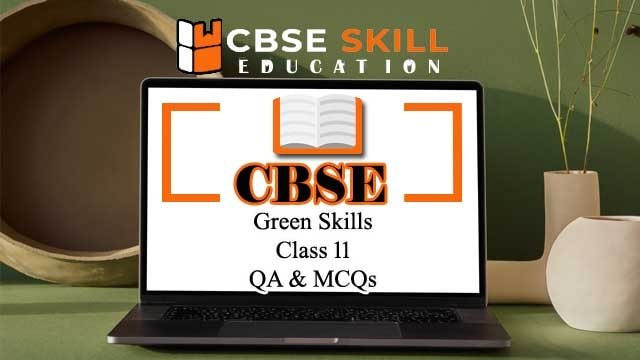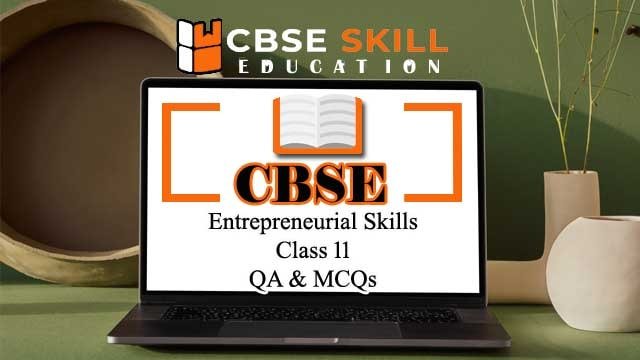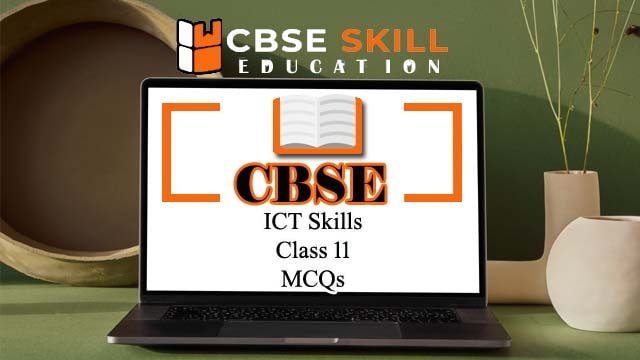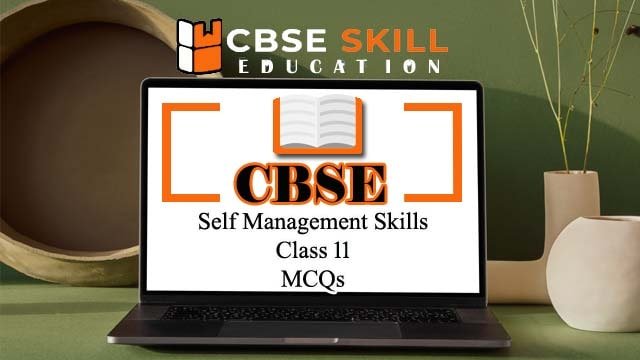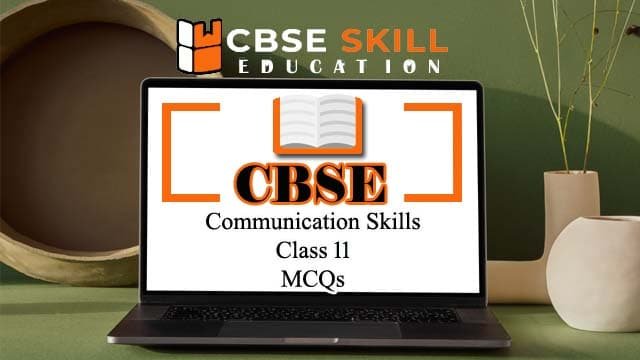Green Skills Class 11 MCQ & QA
Teachers and Examiners collaborated to create the Green Skills Class 11. The team has gathered all of the important MCQs and QA from Employability Skills Textbook. All of the MCQs & QA have been organized topic wise. Green Skills Class 11 Session 1: Sectors of Green Economy 1. The term ____________ was first used in … Read more

